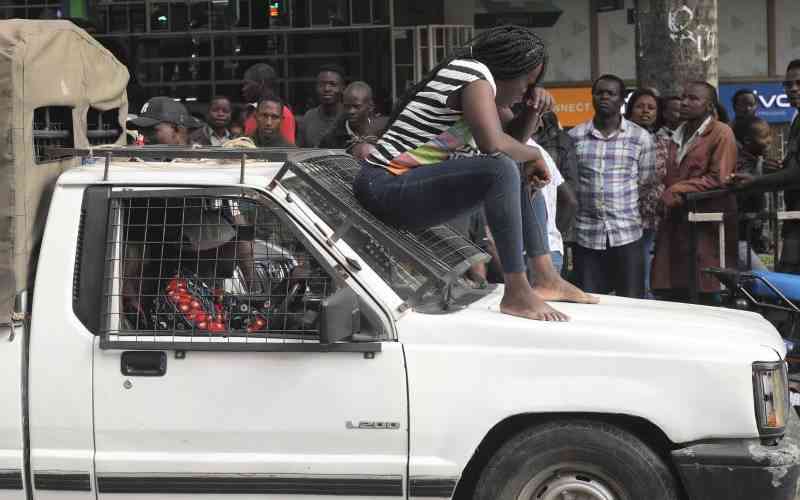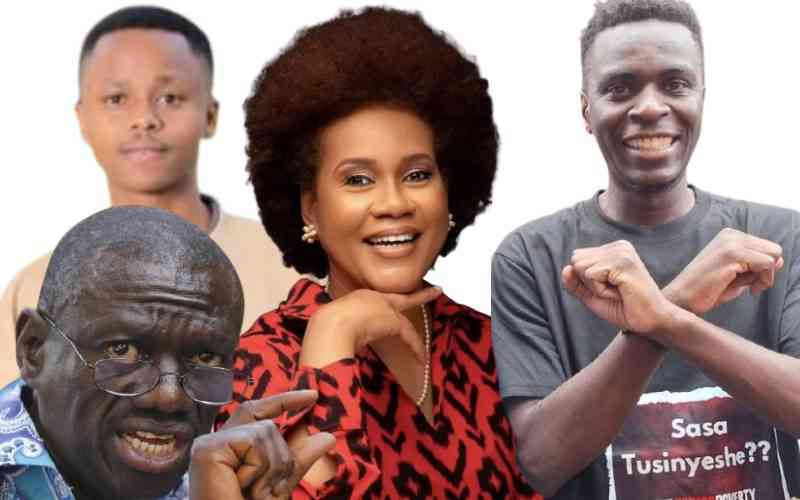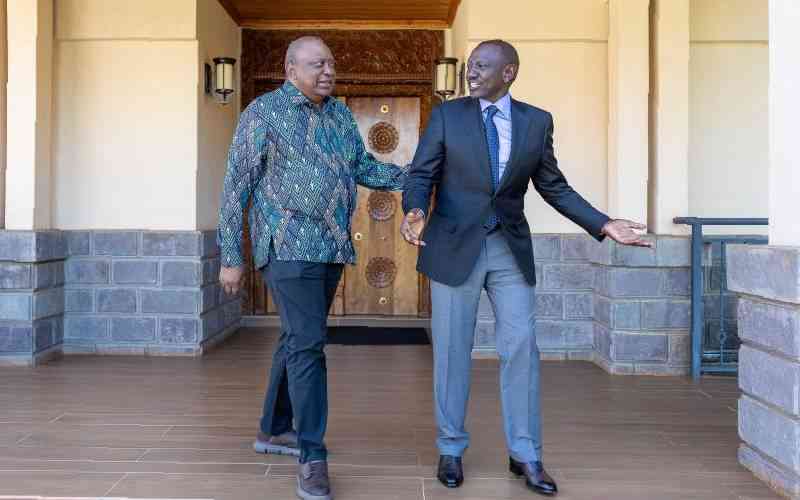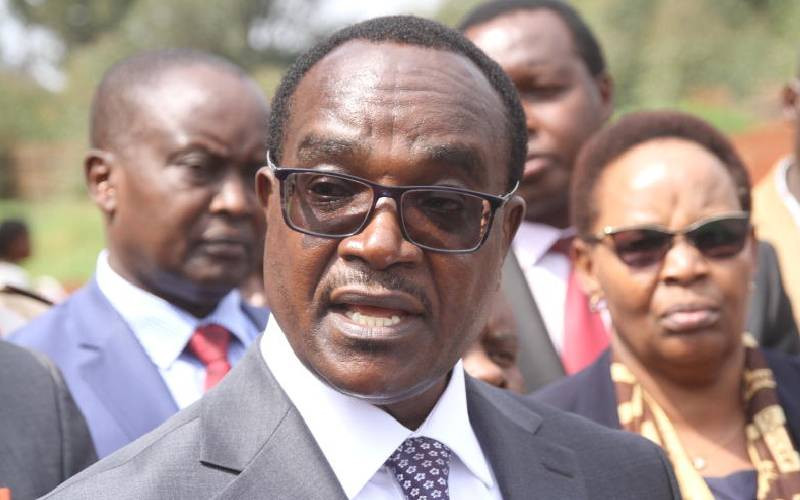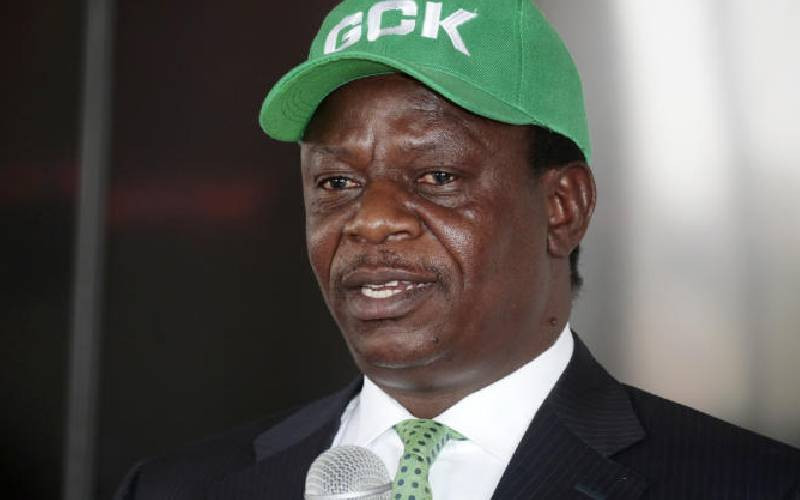
On October 2, exactly 18 days after being sworn into office, President William Ruto visited Homa Bay County for a church service. While this visit would pass for a normal excursion, it is dripping with political symbolism.
This was one of Dr Ruto's first foray outside Nairobi following his ascendancy to the highest office. That the President chose Homa Bay as his first local, post-inauguration destination, speaks volumes.
Homa Bay County, has not been a popular destination for past presidents, perhaps due to its reputation as a hotbed of opposition politics. Kenya's founding president, Jomo Kenyatta was in office for 14 years, but probably visited the then Homa Bay District just twice, his relationship with the region having been considerably soured by the 1969 riots in Kisumu. During President Daniel Moi's 24 years in office, he visited Homa Bay about four times. President Kibaki, during his 10-year tenure, visited Homa Bay twice, the first time to attend the burial of Orwa Ojode's father. A year later, he toured Ndhiwa to bury Assistant Minister Ojode after a helicopter crash.
Residents recall former President Uhuru Kenyatta visiting once in 2017 to launch the Mbita Bridge, at the height of his re-election campaign. It is against this backdrop that the historic visit by President Ruto should be seen. It is a powerful statement of intent, that President Ruto is willing to embrace and work with all political constituencies, including those that opposed him.
Many will argue that this is as it should be. That the president is the head of state and government cannot be gainsaid beyond the eloquence of the Constitution 2010. The constitution goes further to describe the president as a symbol of national unity and gives him responsibility of promoting and enhancing unity. The president is the most senior public servant, tasked with keeping the country together. Once the president is elected and sworn into office, he becomes the servant of all Kenyans, regardless of their regional, ethnic or even political badges.
But beyond the letter and spirit of the Constitution, it is important to remember that the president is human. The president's extensive development agenda for Kenya, and by extension Luo Nyanza, can only be optimally realised if the residents and its leaders reach out for Dr Ruto's extended hand of cooperation rather than continue to wallow in the miasma of yesterday's bitterness.
The late President Moi captured this truism best in his unforgettable "siasa mbaya, maisha mbaya" mantra. The benefits of cooperating with the Ruto administration, which on current form, appears to mean well for the region, far outstrip the advantages, if any, of maintaining a hostile stance.
In any case, the role of opposition has been institutionalised.
During his visit to Homa Bay County, President Ruto gave a glimpse of his development agenda for the county. These include construction of 5,000 affordable housing units in Homa Bay town, and he promised to launch the National Affordable Housing Project in the lakeside town next month; completion of the county capital's sewerage system and the completion of a slew of water and road projects.
Others include introduction of better cotton seeds to improve farmers' yields, transformation of the county's high potential, yet underdeveloped fishing industry and construction of a modern technical institute in Homa Bay town.
Presidential goodwill is critical for successful execution of these projects. This factor is not part of our constitutional writ, but it is too real to be ignored. This goodwill must be harnessed by the leaders and residents of the region.
The writer is Green Congress of Kenya party leader and former Rangwe MP
 The Standard Group Plc is a
multi-media organization with investments in media platforms spanning newspaper
print operations, television, radio broadcasting, digital and online services. The
Standard Group is recognized as a leading multi-media house in Kenya with a key
influence in matters of national and international interest.
The Standard Group Plc is a
multi-media organization with investments in media platforms spanning newspaper
print operations, television, radio broadcasting, digital and online services. The
Standard Group is recognized as a leading multi-media house in Kenya with a key
influence in matters of national and international interest.
 The Standard Group Plc is a
multi-media organization with investments in media platforms spanning newspaper
print operations, television, radio broadcasting, digital and online services. The
Standard Group is recognized as a leading multi-media house in Kenya with a key
influence in matters of national and international interest.
The Standard Group Plc is a
multi-media organization with investments in media platforms spanning newspaper
print operations, television, radio broadcasting, digital and online services. The
Standard Group is recognized as a leading multi-media house in Kenya with a key
influence in matters of national and international interest.


